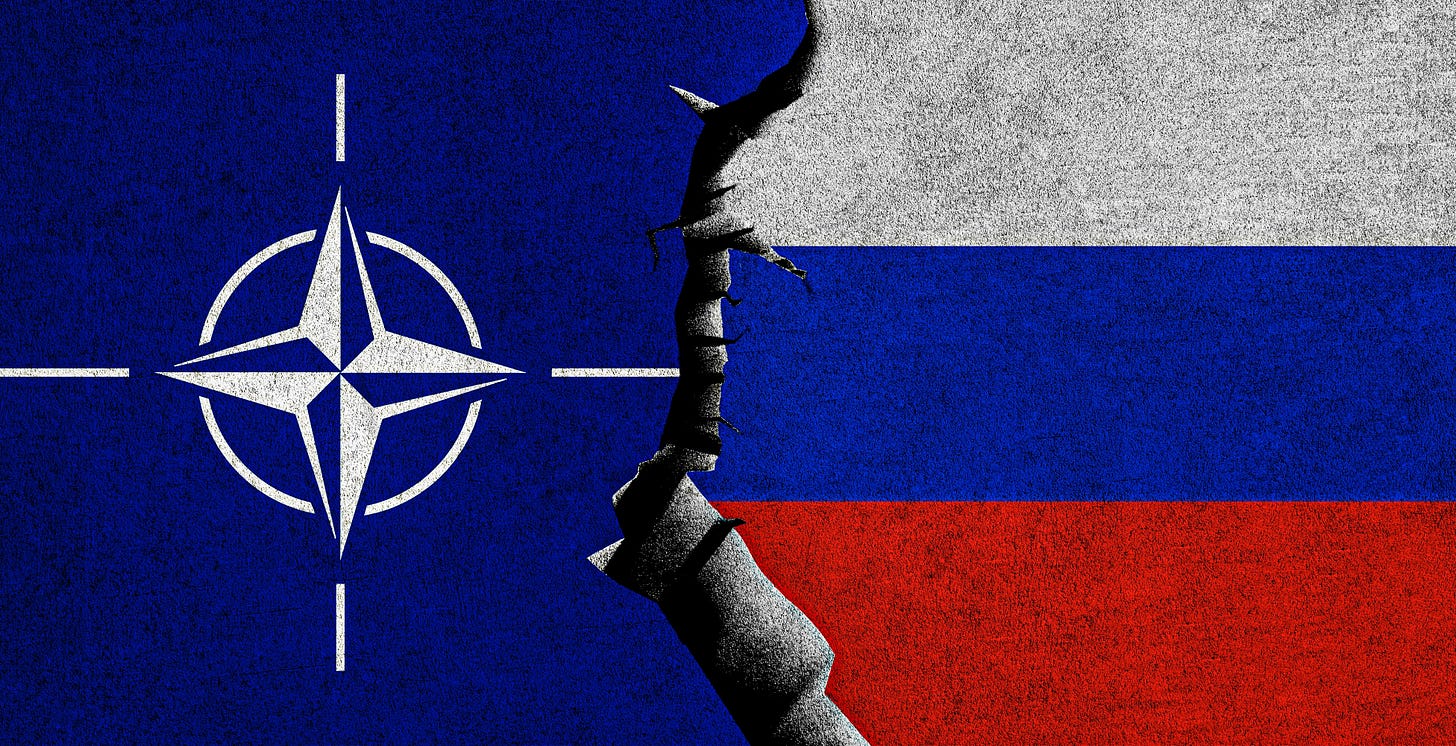Russian Drones Tested NATO Airspace Twice, They'll Probably Do It Again
Just days after Russia sent drones into Poland, NATO jets are scrambled to intercept more
On the night of September 9–10, Poland experienced one of the most serious violations of its territorial space in recent years. Between 19 and 23 Russian drones crossed into Polish airspace, some intercepted by Polish and NATO aircraft, others leaving debris that damaged property on the ground. In response, Poland invoked Article 4 of the NATO treaty, calling for urgent consultations with allies. The scale of the violation prompted NATO to launch Operation Eastern Sentry, a mission designed to reinforce air defense, radar coverage, and overall readiness along the eastern flank. Civil aviation across the region was disrupted, with airports in Warsaw, Rzeszów, and Modlin forced to halt operations temporarily. The incident rattled the Polish public and placed enormous pressure on NATO to act decisively.
Just days later, on September 13, Romania confirmed that Russian drones had entered its airspace over Tulcea County. Two separate RO-ALERTs were issued to residents, warning of falling debris and instructing civilians to shelter in basements or reinforced structures. The Romanian Air Force scrambled fighter jets, while Poland and its NATO partners were also engaged in active air defense operations nearby. For the people of Tulcea, mobile phones lit up with official emergency warnings, and families rushed to hide from potential falling wreckage. These alerts marked the first officially confirmed breaches of Romanian territory during this phase of the war, underscoring how quickly Russia’s drone campaign is spilling directly into NATO territory. By evening, a second drone incursion was detected and confirmed, intensifying the sense that the region is now living under constant threat.
Update: Poland And Romania Issue Warnings To Citizens After Russian Drone Incursions
Update 18:34 EST: Romanian authorities issued a second RO-Alert in Tulcea County after confirming that another drone had entered Romanian airspace. The alert, sent to residents in the northern area of the county, again warned of the possibility of falling objects from the air and instructed peopl…
The two incidents, occurring less than a week apart, show a deliberate pattern. Russia is probing NATO’s defences by sending cheap drones across borders. Moscow is forcing NATO to expend costly air defence resources, keeps border populations in a constant state of fear, and pressures alliance decision-makers without triggering an Article 5 collective defence response.
This approach exploits NATO’s caution, as the alliance has so far avoided classifying drone incursions without casualties as acts of war. The strategy also exposes the imbalance between a drone costing tens of thousands of dollars and the multimillion-dollar systems NATO must deploy to shoot them down.
NATO now faces a strategic bind. Article 4 consultations allow allies to discuss responses, but Article 5, the collective defense clause, has not been invoked. By stopping short of overtly lethal strikes inside NATO, Russia is trying to normalize violations without crossing the line that would compel NATO to act militarily.
For border states like Poland and Romania, this restraint feels increasingly dangerous. Leaders in Warsaw and Bucharest are warning that hesitation could embolden Russia further, while Western European capitals remain cautious about escalation. The gap between those living under direct threat and those farther removed from the frontlines is widening, threatening NATO unity.
The human cost of these incursions is less about immediate casualties and more about psychological warfare. Residents in Poland’s eastern provinces and Romania’s border counties will be living under constant alerts, closures, and fear. Airports shut down, homes damaged by debris, and the persistent wail of air raid warnings will create an atmosphere of exhaustion and unease.
For Russia, this is part of the plan, they want to destabilise civilian life and show NATO citizens that their governments cannot guarantee complete safety. The longer these incursions continue, the greater the risk that public opinion fractures, weakening allied resolve.
Russia has shown its playbook, we know that drones will keep coming. The combination of low-cost technology and deliberate ambiguity makes this a powerful tool for Moscow. NATO will have to adapt, whether through cheaper counter-drone systems, faster interception capabilities, or clearer political red lines. Some analysts argue that NATO must publicly declare a threshold, such as the number of incursions, or the scale of damage, that will trigger Article 5. Others warn that setting such lines may invite Russia to push right up against them.
What is certain is that Russia will test NATO again, the only question is how the alliance will respond when it does. If these early probes are allowed to stand unchallenged, the next test may not be limited to drones skimming across the border, it could be something far more dangerous.




